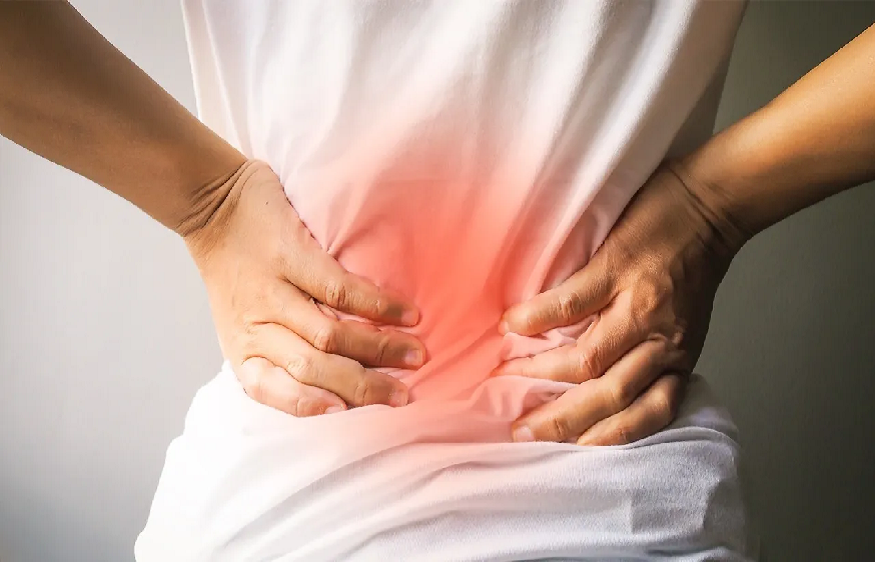Shoulder pain: understanding and relieving your pain
4 min read
Shoulder pain is common and is one of the main reasons for consultations in the medical field. They can occur at any age but are common in people over 50.
Since the shoulder joint is the most mobile in our body and one of the most stressed during many harmless gestures, it is often the site of tendon conflicts, irritation an5d inflammation… Indeed, the repetition of gestures of daily life (cooking, drinking coffee, driving, writing, etc.) can weaken your shoulder.
But shoulder pain is not always tendonitis and can have many origins: joints, muscles, ligaments, tendons, nerves… hence the importance of going to consult a health professional to benefit from a appropriate treatment.
Understanding the shoulder joint: brief anatomical reminders
The shoulder joint is complex and is the most unstable but also the most mobile joint in the body. It consists of several joints allowing the arm to move in almost any direction with wide range of motion. The shoulder is made up of 3 bones: the humerus, the scapula and the clavicle .
In the shoulder complex, we distinguish between so-called true joints (between two bones) and so-called “false” joints (between a bone and a muscle; these are sliding planes). We find 5 joints:
It is the whole of this articular complex which allows the mobility of the arm. However, due to the low joint congruence, the shoulder is unstable. The muscles surrounding the joint provide stabilization. These muscles are 5 in number and are called “muscles of the rotator cuff”. Among them we have:
What is shoulder pain?
Pain in the shoulder can be localized in one area but can also be the seat of pain that actually comes from elsewhere. Indeed, certain cardiac, pulmonary, neurological pathologies can manifest themselves by pain in the shoulder, it is therefore necessary to consult a specialist to rule out these hypotheses.
It is therefore important to understand the circumstances of the occurrence of the pain, the influence of this pain on the mobility of the arm and to understand the movements or actions that come to recreate this pain.
Shoulder pain can be manifested by several symptoms:
Shoulder pain: what if it was tendonitis?
Tendonitis of the rotator cuff muscles are among the most common injuries found in shoulder pain (80% of cases). shoulder tendonitisis an inflammation of the tendons caused by repeated rubbing of the tendon on the acromial bone (front side of the shoulder). Involvement of the supraspinatus tendon is the most common. Indeed, the tendon of the supraspinatus muscle will become inflammatory and therefore weaken due to small repetitive movements, in particular those requiring an elevation of the arm, the hands above the shoulders (sports, certain professional activities, working conditions generating postural constraints, etc.) or excessive use of the shoulder, which promotes inflammatory phenomena linked to friction. This pain can disrupt sleep through inflammation.
tendinitis shoulder pain
Osteopathy can also be of great help to you in the case of tendonitis.
It is effective in the prevention of tendonitis, in fact, the osteopath can first release the constrained or restricted areas of your body, allowing him to obtain optimal mobility and thus avoiding the phenomena of friction. If you consult an osteopath once the tendonitis has set in, he will make sure that your shoulder is freed from all tension and will have an effect on optimizing healing.
Shoulder pain after trauma
These are acute pains for the majority. Among the traumatic attacks of the shoulder we find fractures, dislocations, sprains… They are mainly encountered during falls, shocks, accidents or sports traumas (rugby, football, tennis, Osteopathic care will be done in a second step, either to help the body heal and therefore potentially reduce the recovery time. Either, once cured, the osteopath will help you to find all your articular amplitudes and will work on the persistent pains.
In some cases, depending on the severity of the lesions, the opinion of an orthopedic surgeon will be necessary to know whether surgery is to be considered or not.
Shoulder pain: what if it was osteoarthritis?
As with all other joints, the shoulder is not spared from wear and tear such as osteoarthritis . These are pains that generally appear after the age of 65. They are chronic, that is to say they persist for more than three months, and are linked to cartilage damage. Osteoarthritis can affect the 3 true joints of the shoulder indifferently. It is still necessary to know that osteoarthritis of the shoulder is rare, unlike the other joints of the body, and is often the consequence of an old trauma.







